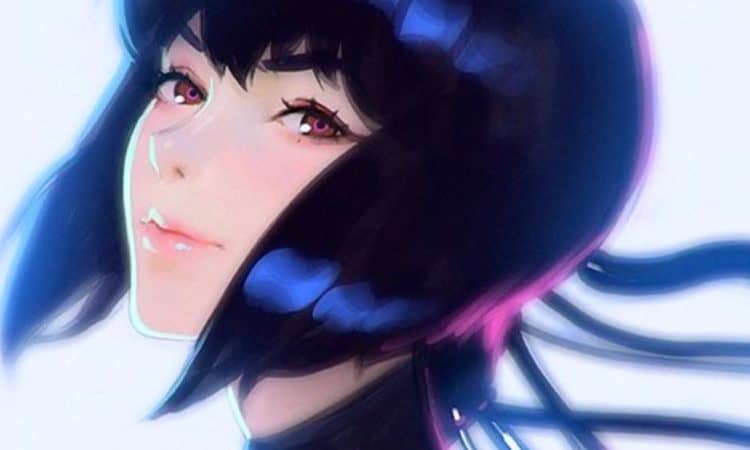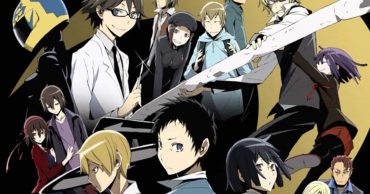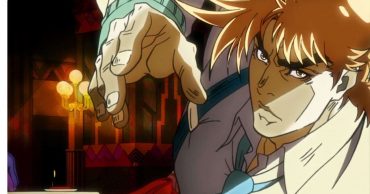
Japanese anime not only made it possible to tell fantastical stories on screen; it also completely revolutionized the art of animation. But for all the fandom that exists built around anime in television and comic form, it can sometimes be easy to forget the brilliant films that have helped define the artform since the 1970s. Today, anime is a multi-billion dollar industry, and serialized, longform anime series predominantly dominate the industry. New series are announced and released annually, and a large amount of films get made as well. Like any industry, an assembly line of products can sometimes take over in what proves to be a successful business model. As television and streaming continue to dominate the economic aspects of the visual arts, films can sometimes fall between the cracks, which is why we always enjoy looking to the past in this era. Feature-length anime films number in the millions, but there are some titles that stand the test of time in terms of influence, artistic statements, and unforgettable examples of storytelling within anime’s distinctive style. Here then are the top 5 anime films of all time in terms of legacy and influence.
Akira (1988)
In the 1980s, Japan was experiencing an economic and technological boom to rival any industrialized nation in the late-20 century. In the midst of this, anime also began to expand into the global success we know today. In terms of anime films, the final decade of the Showa Era was shaping up to be anime cinema’s golden age. Akira is a movie that created a sharp dividing line of before and after in the history of anime. On the surface, Akira is an exciting action film set on the cyberpunk streets of “Neo-Tokyo” that focuses on the relationship between a gang leader, Tetsuo, and his best friend Kaneda. That’s the plot–but the execution and the metaphorical exposition of the film offers so much more. Self-destruction, existential nihilism, man and machinery, the deconstruction of what it means to be human in a rapidly advancing technological world–Akira is undoubtedly the Mt. Fuji of anime films. To be honest, the long-rumored live action remake is not at all necessary.
Vampire Hunter D (1985)
In 1985, Vampire Hunter D upended the rules of what is and isn’t acceptable with anime, and it’s success and influence in the decades since has made it perhaps the most legendary example of dark, adult-oriented anime. The film was given a theatrical release in Japan, but it was originally made as an OVA (original video animation) title to be released directly to home video due to adult content making it’s ways into anime films. Regardless of its release status, the film is surreal, dark, and characteristically violent as one of the first anime films made within the horror genre. The eponymous Vampire Hunter named “D” is recruited to destroy the 10,000 year-old vampire Count Magnus Lee in order to stop the girl he bit from becoming a vampire. Like Akira, the plot and story are not that important since we are given a superbly animated film that possesses a sleek, futuristic, and dark aesthetic style.
Ninja Scroll (1993)
Ninja Scroll accelerated the growing popularity of adult-oriented anime largely established by Akira and Vampire Hunter D. Set in feudal Japan, the story involves a struggle between a swordsman, a spy, and a female ninja who band together to battle a tribe of demonic murders terrorizing the Japanese countryside. Like the previous films on this list, Ninja Scroll blends a compelling story with scenes of graphic violence and adult subject matter non-characteristic of traditional and commercialized anime. The movie manages to be both horror and drama, action and fantasy all rolled into one tense and metaphor-filled narrative structure. It is also satisfying on a historical level with being set during the legendary reign of the Tokugawa Shogunate, the last military dictatorship over Japan before the establishment of the Japanese Empire in 1868. This film is not an easy rider for the faint of heart, but experiencing it is tantamount to experiencing some of the finest anime in the history of the artform.
Ghost in the Shell (1995)
The great thing about anime is that there is practically no genre or style of story that is off-limits to the brilliant storytellers who contribute to it, and with 1995’s Ghost in the Shell, science fiction in anime form picked up where the brilliance of Akira left off. This film is also one of the finest examples of symbolic, abstract filmmaking within the anime artform. Although the plot can be hard to follow at times due to its complexity, it is similar in many ways to Akira in how the wider themes explore what it means to be human in a world where human ingenuity through technology is upending the biological certainties of our own makeup. The android/human dynamic is reminiscent of Ridley Scott’s Blade Runner, but much more cerebral and audacious in how machinery becomes the next stage of evolution in a not too far off future. It can also be said that the film has a strong undercurrent of upending gender conformity; gender is senseless and archaic in a world based solely on technology.
Laputa: Castle in the Sky (1986)
Hayao Miyazaki is one of the pioneers of anime cinema. Each of his films is wildly imaginative, superbly drawn, and filled with allegorical themes that mirror the struggles humans face in a rapidly changing world. In terms of sheer inventiveness, creativity, and powerful storytelling, his finest work by far is 1986’s Laputa: Castle in the Sky. Steampunk, dieselpunk, and cyberpunk are genres that anime fans know well, and Miyazaki’s animation is filled with images representing all three artistic styles, in addition to telling a pure fantasy adventure story. There are strong arguments to make for virtually any Miyazaki film taking this spot–Princess Mononoke, Spirited Away, The Castle of Cagliostro to name just a few–but Laputa is arguably his strongest example of innovation within the anime artform, and the visuals he creates are unforgettable.
 Follow Us
Follow Us





